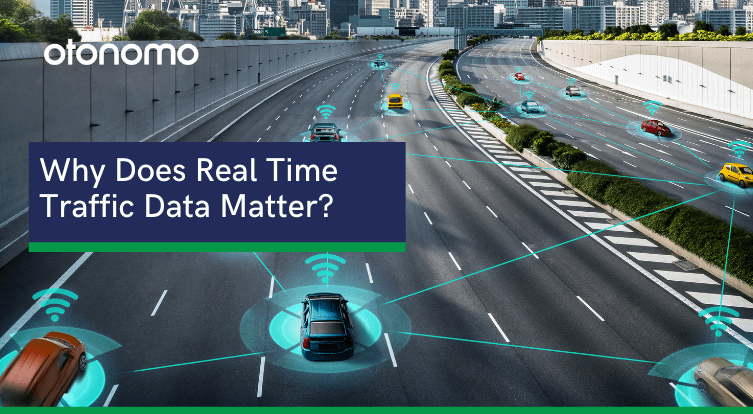Data is valuable, and if one to two terabytes of raw data each day sounds like a whole lot of potential to you – you’re right! Connected cars are a huge opportunity for both drivers and organizations. But not all data is created equal, and gaining access to real-time and near real-time traffic data can mean the difference between solving a problem or even preventing it in the first place, to just hearing about it.
Weekly, monthly and historical data are valuable assets for every decision maker, city planner, engineer and smart-city visionary. Without it, one cannot go beyond guesswork when it comes to planning and building infrastructure or charting a course for smarter mobility. But being able to access data in real-time, and continuously, opens up brand new options for even better, cheaper, and smarter solutions.
Here are some of the ways you can leverage real-time traffic capabilities in impactful ways:
- Real time road hazard alerts
When combined with data from sensors, smart traffic signals and even third-party data such as traffic or weather information, data from connected cars can provide warning about poor visibility, nearby accidents, poor road conditions or inclement weather, allowing smart decisions about directing traffic to alternate routes, controlling traffic flow and addressing dangers.
- Real time traffic obstruction detection
Think about cars that automatically alert city authorities and emergency services to events on the road such as a car crash or a breakdown, rather than wait for the cars behind to notice the hazard and for someone to call it in. Being promptly alerted to accidents can save lives, and knowing in near real-time when and where an obstruction on the road is, can lead to the problem being solved much more quickly and often at a much lower cost.
- Dynamic traffic management
Traffic management is a difficult discipline. Using automated traffic lights, dynamic lane management and digital signage can make all the difference to the flow of traffic – but only if it is powered by traffic data that can be accessed in real time. Allow AI to make intelligent decisions about speed limits and traffic signals for busy roads, offering more freedom for vehicles during off-peak hours, or opening additional lanes to ease the flow of vehicles during event-times or even when traffic is unexpectedly seeing a spike.
- Troubleshooting
Another impact of real-time traffic data is the ability to make decisions on the fly, and find problems at the moment of need, or even before they become an issue. If you can see the real-time flow of traffic you can uncover patterns that would be unidentifiable otherwise, enabling you to foresee and solve problems even before they occur. Having access to near real time friction data for example, can alert you to a potential danger hotspot and prevent accidents caused by slippage.
You can learn more about the best real-time traffic data sources here, and make sure to reach out for a demo of the Otonomo solution!









